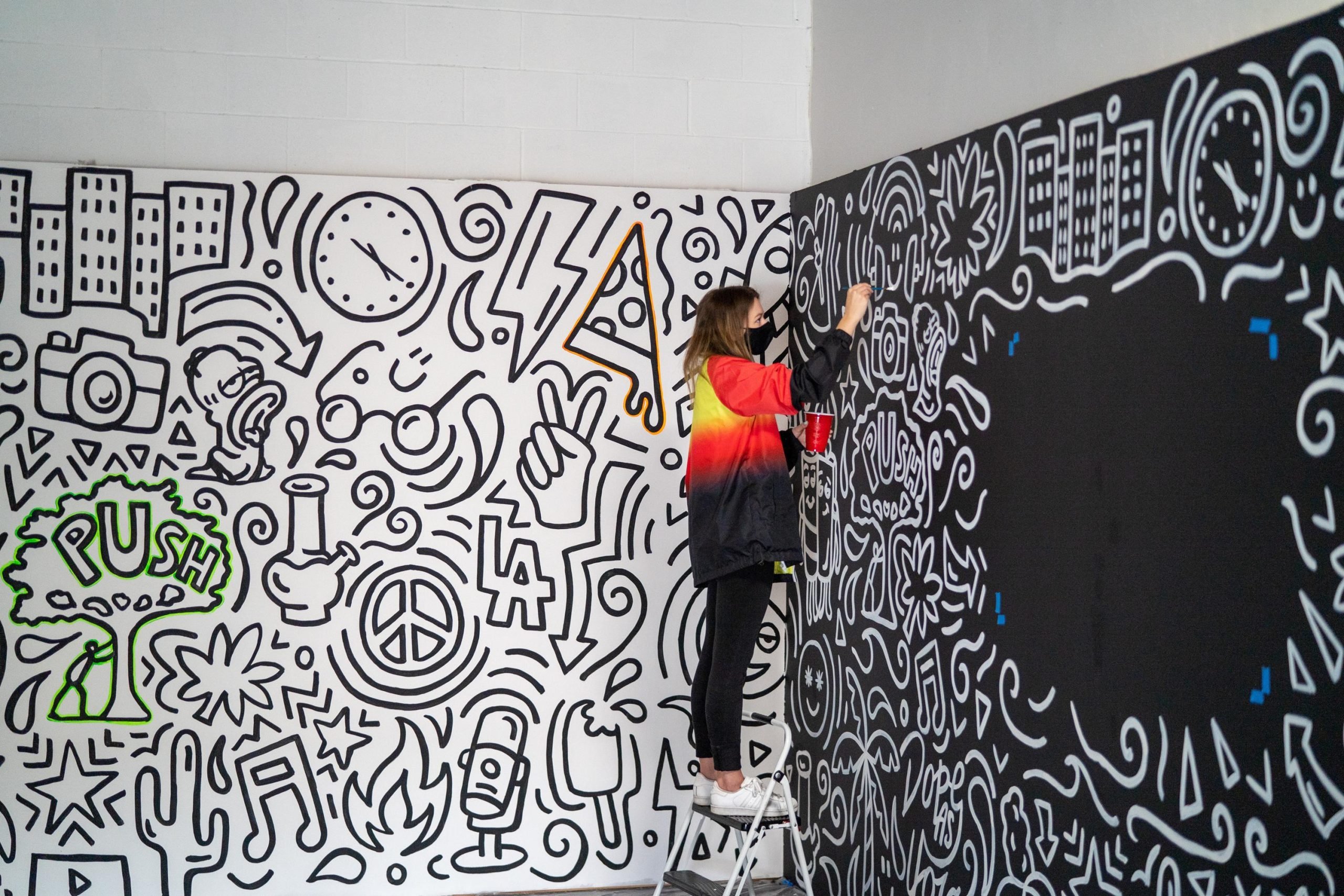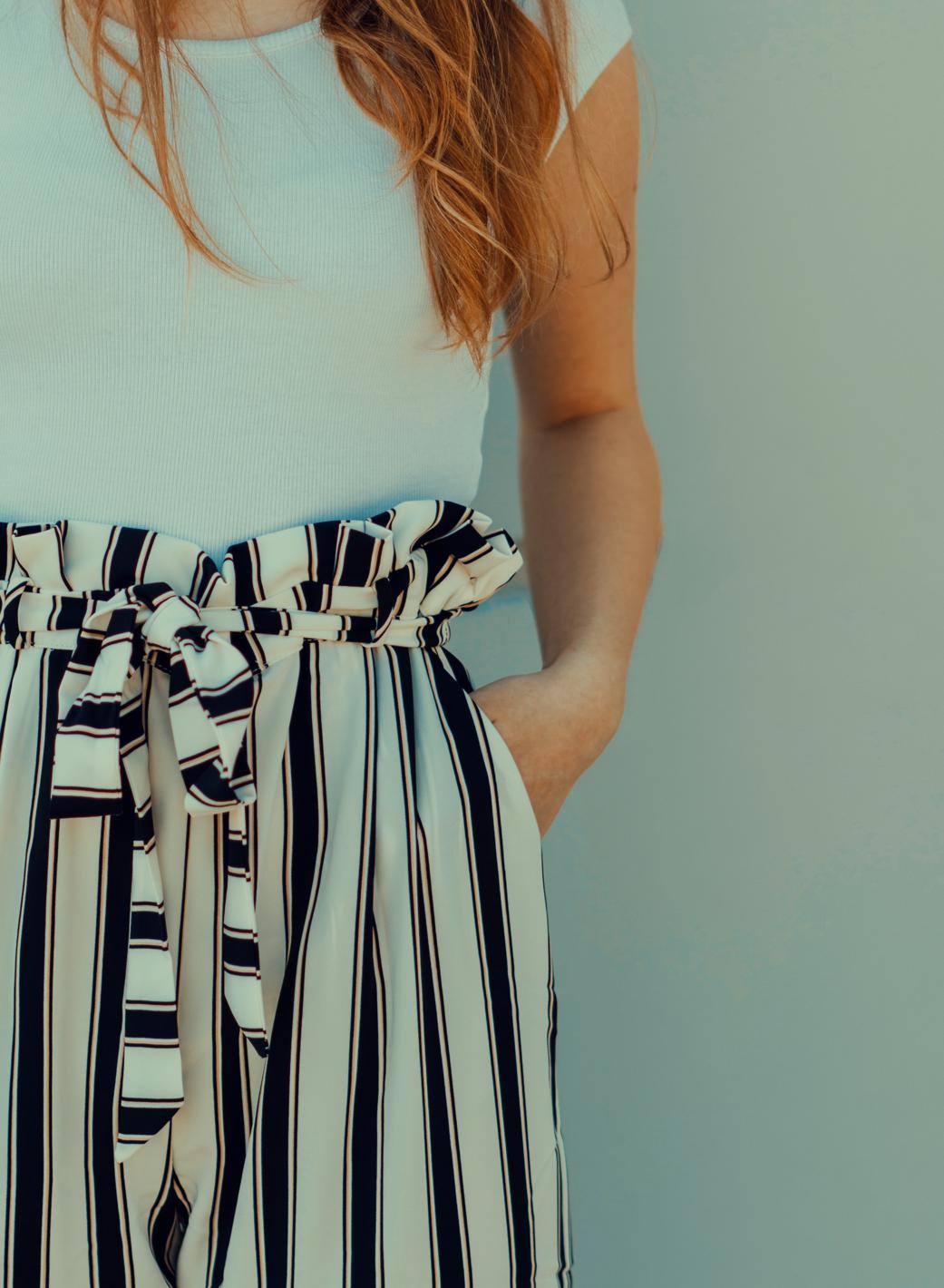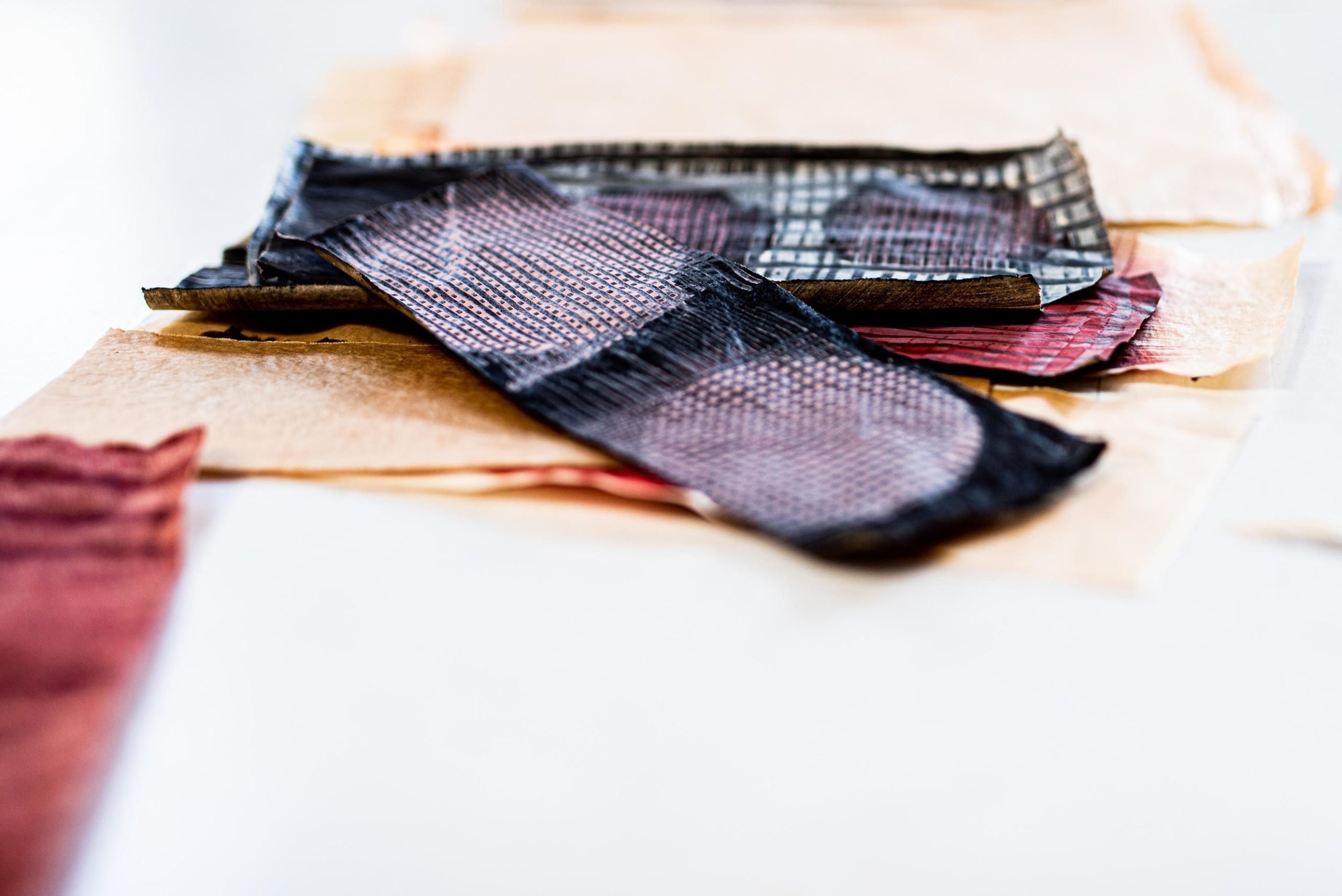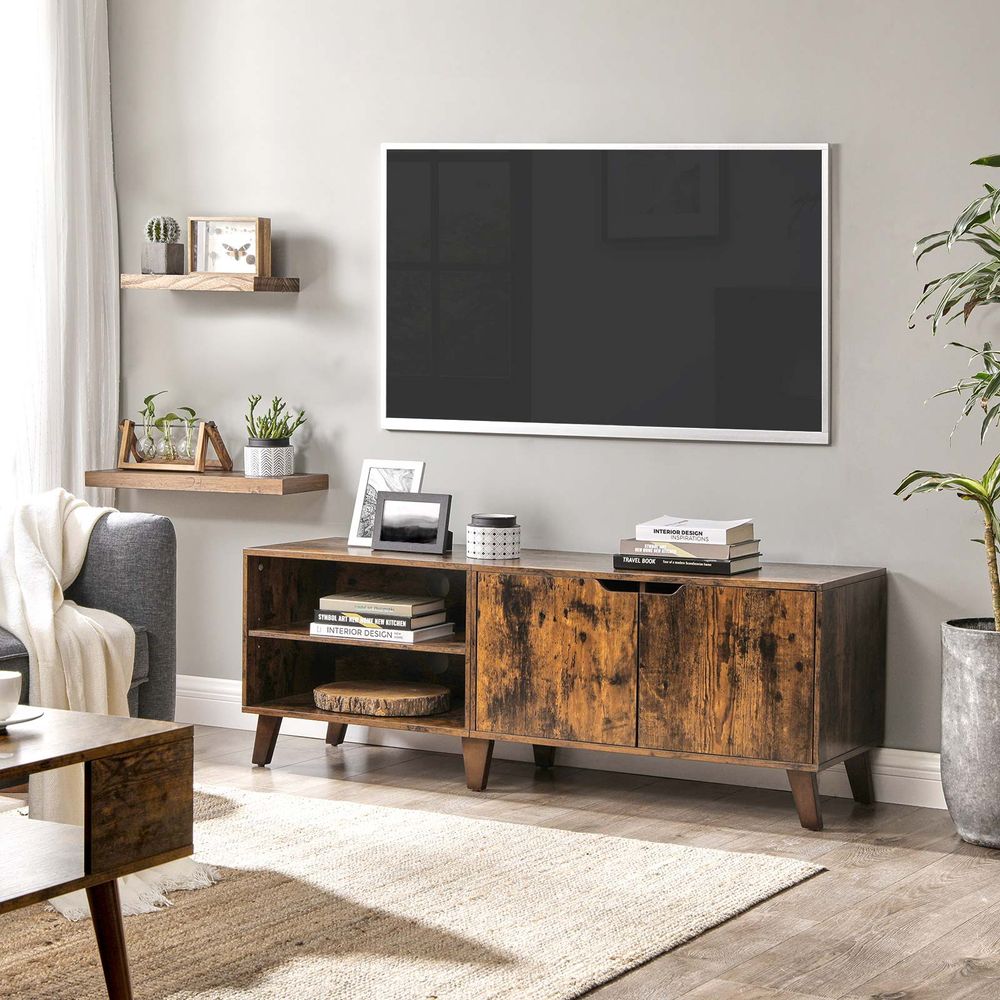With the rising trend of gender-fluidity, the fashion industry has undergone a tremendous transformation. Breaking the stereotypes of conventional clothing design, gender-fluid fashion has paved the way for the expression of one’s individuality and personal style, regardless of gender. From androgynous suits to feminine dresses, it’s all about wearing what feels right and comfortable.
Gender-fluid fashion has revolutionized the fashion industry, leading to inclusive designs that cater to all genders. In this blog, we will explore the exciting world of gender-fluid fashion and how it’s breaking boundaries in clothing design.
What is GenderFluid Fashion?
Gender-fluid fashion is a new and growing trend that challenges the traditional boundaries of clothing design. It is an approach that celebrates and embraces fluidity in gender expression, enabling people to wear clothes that reflect their unique sense of self, regardless of gender. Gender-fluid fashion encourages designers to create unisex clothing, blurring the lines between traditional men’s and women’s garments.
This movement has gained significant momentum in recent years, and even major fashion brands such as Gucci and Zara have started introducing gender-neutral collections.

Definition of genderfluid fashion
Gender-fluid fashion is a revolution that has paved the way towards more diverse and inclusive clothing design. It’s a mix of masculine and feminine styles and fluidity in gender expression. The concept of gender-fluid fashion is all about allowing individuals to wear what they like and feel comfortable in, without being limited by traditional gender stereotypes.
It’s about empowering people to express themselves freely, regardless of gender, and blurring the lines of what is deemed appropriate attire for men and women. It’s exciting to see how fashion is breaking through the boundaries of gender norms and finding innovative ways to express individuality.
History of genderfluid fashion
The history of gender-fluid fashion can be traced back to the 1960s and 1970s when the hippie movement encouraged a unisex approach to clothing. However, it was not until the 2010s that gender-fluid fashion gained mainstream attention. Designers started to challenge traditional gender roles on the runway, androgynous models became the norm, and gender-neutral clothing lines were launched.
Today, gender-fluid fashion is celebrated by individuals and brands alike, and is becoming more and more prevalent in the fashion industry.
Importance of genderfluid fashion in the fashion industry
The importance of gender-fluid fashion in the fashion industry lies in its role in breaking down traditional gender norms and promoting inclusivity. By providing options that are not confined to traditional gender roles, gender-fluid fashion allows individuals to express themselves more freely. It also opens up a wider market for designers as they can appeal to a diverse range of customers.
Additionally, gender-fluid fashion has the potential to lead to a more sustainable fashion industry, as clothing can be worn and shared by individuals of all genders. Overall, gender-fluid fashion is an important movement in the fashion industry that promotes creativity, individuality, and inclusivity.
Breaking Gender Stereotypes in Fashion Design
Another benefit of gender-fluid fashion is that it breaks down gender stereotypes in fashion design. For far too long, fashion has been dictated by gender norms, with men and women expected to dress in certain ways. This has limited creativity and diversity in the industry.
Gender-fluid fashion challenges these norms, giving designers the freedom to create without being restricted by outdated gender stereotypes. This has led to an explosion of creativity in the industry, with designers experimenting with new styles, materials, and silhouettes that were previously considered off-limits for certain genders.
This opens up new possibilities for fashion and encourages more inclusive and innovative designs that cater to a wider range of customers.

Gender roles in fashion design
Historically, the fashion industry has faced criticism for reinforcing gender roles and perpetuating harmful stereotypes. Women were expected to wear dresses, skirts, and high heels, while men were expected to wear suits or jeans and t-shirts. This narrow view of fashion not only limited creative expression but also perpetuated harmful stereotypes about what is “feminine” or “masculine.
” However, with the emergence of gender-fluid fashion, these gender stereotypes are breaking down, and designers are pushing boundaries in their designs to create something truly unique and refreshing. Gender-fluid fashion allows people to choose and express their individuality without conforming to societal expectations.
The emergence of genderfluid fashion in mainstream media
In recent years, gender-fluid fashion has gained popularity and widespread acceptance in mainstream media. Labels like Gucci, Prada, and Louis Vuitton have showcased gender-neutral clothing in their runway shows, while celebrities like Harry Styles, Janelle Monae, and Ezra Miller have challenged traditional gender norms by wearing gender-fluid clothing on the red carpet.
This shift in the fashion industry signifies a cultural change where people are openly embracing gender nonconformity and pushing against societal norms. Gender-fluid fashion has become more than just clothing; it’s a statement of individuality, acceptance, and inclusivity.
Successful genderfluid fashion designers
There are many successful genderfluid fashion designers who are making waves in the industry. Rad Hourani, for example, was the first designer to launch a unisex couture collection. His clothing line consists of gender-neutral pieces that can be worn by anyone, regardless of their gender identity.
Similarly, Palomo Spain is a luxury brand that challenges traditional gender norms through their flamboyant and colorful designs. Other notable genderfluid designers include Vaquera, Alessandro Trincone, and Telfar, who have all gained recognition for their innovative and boundary-pushing designs.
These designers are pushing the boundaries of what is considered “normal” in the fashion industry and are paving the way for a more inclusive future.
The Rise of Genderless Clothing
Genderfluid fashion is on the rise and so too is genderless clothing. More and more designers are creating collections that are not limited by gender and instead focus on creating versatile pieces that can be worn by anyone.
Brands such as Zara, H&M, and Club Monaco have all launched gender-neutral lines in recent years, catering to a wider audience and embracing diversity. The rise of genderless clothing not only provides new options for consumers but also challenges the traditional binary system of fashion and promotes inclusivity and acceptance.

The concept of genderless clothing
Genderless clothing is about breaking down the notion that clothing should be specifically designed and marketed for men or women. It’s about removing the limitations of what is considered “appropriate” for each gender and opening up more possibilities for self-expression. The concept of genderless clothing isn’t just a trend; it’s a response to the growing need for inclusivity in society.
It’s an opportunity for people to express themselves authentically without being confined by traditional gender norms. Today, more and more designers are challenging the status quo, creating gender-neutral clothing that empowers wearers and emphasizes the importance of self-expression and personal identity.
Popular genderless clothing items and styles
Genderless clothing encompasses a wide range of items and styles. Some popular gender-neutral clothing items include oversized t-shirts, sweatshirts, and hoodies, as well as unisex jeans and joggers. Many genderless clothing designs also feature neutral colors and minimalistic styles, allowing wearers to mix and match pieces to create unique looks that are not defined by traditional gender norms.
Gender-fluid clothing has also inspired an increase in androgynous fashion, where clothing designs are intentionally created to blur gender lines. For instance, both men’s and women’s clothing may feature more flowy, feminine silhouettes or have structured, more masculine cuts.
Ultimately, genderless clothing is paving the way for new fashion possibilities that prioritize comfort, functionality, and self-expression over social expectations.
The future of genderless clothing in the fashion industry
Gender-fluid fashion and genderless clothing are rapidly gaining mainstream acceptance in the fashion industry. Brands are breaking traditional gender boundaries by prioritizing inclusivity and diversity in their designs.
For example, fashion giant Gucci made headlines by announcing their genderless fashion collection, “Gucci MX,” which allows customers to shop by genre rather than gender. Additionally, Korean brand NONAGON produces gender-neutral collections with oversized silhouettes and street-style edge. With the increasing popularity of genderless clothing, it is clear that fashion is becoming less about conforming to societal gender norms and more about individual expression and comfort.
The Impact of GenderFluid Fashion on Society
The rise of gender-fluid fashion not only impacts the fashion industry but also has a significant effect on society. It challenges the rigid gender norms that have been embedded in our culture for centuries and promotes inclusivity and acceptance. Gender-fluid fashion creates a space for people to express themselves without being confined to binary gender stereotypes.
This movement also has the potential to impact the younger generation, who will grow up with a more inclusive and diverse view of fashion and society. It is a step towards a more equal and accepting future, where clothing is not limited by gender and everyone is free to express themselves authentically.
Overall, gender-fluid fashion is breaking boundaries in clothing design and has the potential to revolutionize not only the fashion industry but also society as a whole.

Breaking societal gender barriers through fashion
Gender-fluid fashion is challenging the binary gender norms that society has been conditioned to accept for centuries. It is provoking a significant impact that goes beyond the fashion industry, influencing society as a whole. By liberating fashion from rigid gender roles, gender-fluid fashion creates a more inclusive, accepting, and diverse culture.
It is becoming a powerful tool for individuals to express their authentic selves, without conforming to traditional expectations. Furthermore, this movement will have a profound impact on future generations, and we can look forward to a society where people are free to wear whatever they want, regardless of their gender identity.
Gender-fluid fashion is not just a fashion trend, but a force for positive change, and it is breaking down societal barriers through fashion.
The role of genderfluid fashion in promoting gender equality
Gender-fluid fashion plays a crucial role in promoting gender equality. By challenging traditional gender norms and expectations, it provides a platform for individuals to break free from oppressive gender roles and express themselves authentically. This movement is helping to shift our understanding of gender beyond the binary of male and female, towards a more inclusive and fluid concept of gender.
Genderfluid fashion is empowering people to embrace their uniqueness and be proud of their differences, promoting self-love and acceptance. Through this movement, we can create a more inclusive society where everyone is free to express themselves in their own unique way, regardless of their gender identity.
Positive and negative reactions towards genderfluid fashion in society
Gender-fluid fashion has garnered both positive and negative reactions from society. While some celebrate it as a positive step towards inclusivity and self-expression, others view it as a threat to traditional gender roles and societal norms.
Some view it as a fad or trend that will fade away, while others see it as a potential catalyst for change. Despite the mixed reactions, gender-fluid fashion designers and activists continue to push boundaries, creating clothing that defies gender expectations and provides a space for individuals to embrace their true identities. As society becomes more accepting and aware of gender diversity, it is likely that the positive reactions towards gender-fluid fashion will continue to grow.
Gender-fluid fashion is a concept that challenges the conventional binary perception of clothing. It breaks down the boundaries between men’s and women’s clothing by incorporating elements from both to create a hybrid style.
Designers are embracing this trend and creating clothing lines that empower people to express themselves freely. Gender-fluid fashion is an important step towards inclusivity and acceptance in the fashion industry.










